Image Quality - Anisotropic Filtering:
Trilinear Filtering (0xAF)The trilinear filtering quality is very close on both video cards - there's arguably slightly better filtering on the ATI card, but you'd be pushed to tell the difference in the game when using 0xAF.
8xAF
The Anisotropic Filtering quality at 8xAF belongs in ATI's back yard by quite a distance. Note that we're just looking at the quality of filtering on the ground, tracks and walls. We're not focusing on the other parts of the scene.
16xAF
Again, at 16xAF the trend continues - the filtering algorithm on ATI's hardware is generally just a little better at its job - the filtering quality on NVIDIA's is not necessarily bad in this case, but it can be in some instances where shimmering is quite apparent.
16xAF Highest Quality
NVIDIA's filtering quality is improved when you disable the filtering optimisations that are turned on by default in the driver, but ATI's High-Quality AF is in a different league to the filtering that we're seeing on NVIDIA's hardware. You can see where the High Quality Anisotropic Filtering kicks in just under the crosshair. As you can see the difference is quite large.
Benchmarking - How We Tested:
Please be aware that the way we test our video cards is not a like-for-like comparison, and it is not meant to be. We decided to concentrate on finding the "Best Playable" settings - this means that we're finding the best possible gaming experience delivered on each different configuration. There are no time demos used in our evaluations - we're focusing on the real-world gaming experience, which is, ultimately what should determine your next graphics card's purchase.Rather than focusing on reporting the minimum and average frame rates for every configuration, we have decided to move the focus to resolution and settings. Thus, we are displaying our "Best Playable" resolutions and settings in a table that should be easier to understand than our previous format. If you take the logic that the higher the resolution and in game details, the faster the video card, you will not go far wrong.
In situations where we find that two competing video cards run at the same settings, we will bring the frame rates in to the discussion of our game play experiences with each particular video card.
System Setup
AMD Athlon 64 X2 4800+ (operating at 2400MHz, 12x200MHz); DFI LANParty nF4 SLI-DR (NVIDIA NForce4 SLI); 2 x 1GB Corsair XMS4000 Pro (operating in dual channel at 200MHz with 3.0-3-3-10 timings); Western Digital Raptor 74GB, 10000RPM SATA 150 Hard disk drive; OCZ PowerStream 520W Power Supply; Windows XP Professional Service Pack 2; DirectX 9.0c; NVIDIA NForce4 Standalone chipset drivers, version 6.66.Video Cards:
- 1 x Sapphire Radeon X1800XL 256MB - operating at its default clock speeds of 500/1000MHz using Beta Catalyst drivers, version 8.173.
- 1 x XFX GeForce 7800 GT Extreme 256MB - operating at its default clock speeds of 450/1050MHz using Forceware version 81.84 available from nZone.
- 1 x BFGTech GeForce 7800 GT OC 256MB - operating at its default clock speeds of 425/1050MHz using Forceware version 81.84 available from nZone.
- 1 x NVIDIA Reference GeForce 7800 GT 256MB - operating at its default clock speeds of 400/1000MHz using Forceware version 81.84 available from nZone.

MSI MPG Velox 100R Chassis Review
October 14 2021 | 15:04


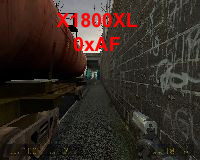
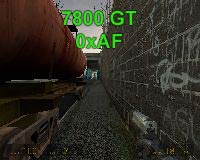
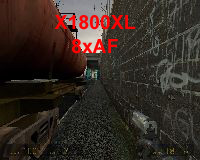
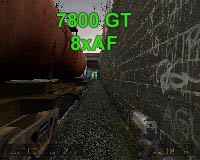
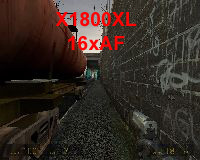
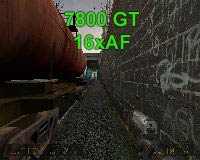
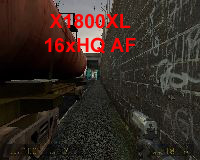
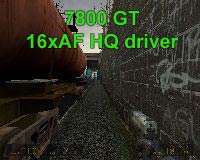





Want to comment? Please log in.